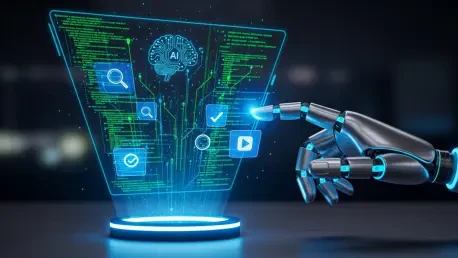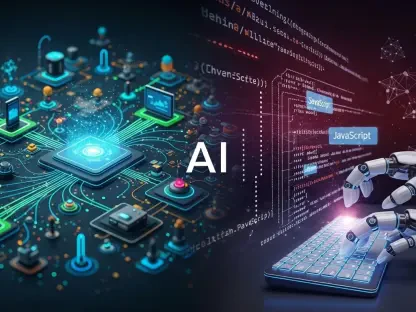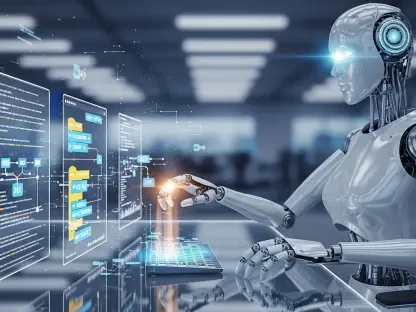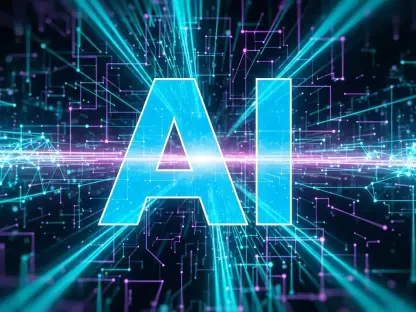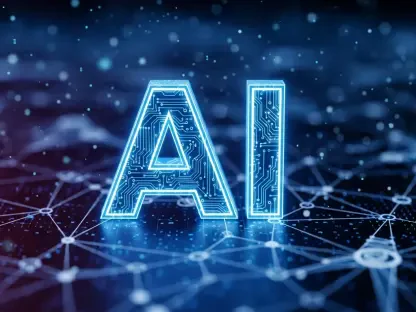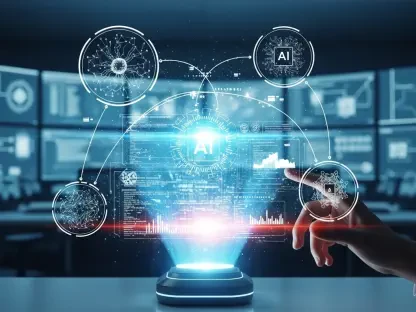In the fast-paced world of software development, where a single undetected bug can cost millions in damages or tarnish a company’s reputation, the pressure to deliver flawless products has never been higher, and traditional testing methods often fall short. These methods, reliant on manual processes, struggle to keep up with the complexity and speed of modern software cycles, leaving developers grappling with late-stage defects and inefficiencies. Enter AI-driven software testing, a transformative technology that promises to overhaul Quality Engineering (QE) by automating tedious tasks, predicting issues before they arise, and enhancing overall software reliability. This review delves into the core features, real-world applications, and potential challenges of this cutting-edge approach, exploring how it stands to redefine the industry.
Core Features and Performance Metrics
Multi-Agent Orchestration for Enhanced Testing
AI-driven software testing leverages sophisticated frameworks where multiple specialized AI agents collaborate to streamline complex processes. These agentic systems assign distinct roles—such as test creation, regulatory compliance, and conflict resolution—to individual agents, ensuring a comprehensive approach to QE. A standout example is a framework achieving a remarkable 94.8% accuracy rate in testing scenarios, far surpassing traditional baselines of around 65%. Additionally, these systems have demonstrated an 85% reduction in testing time and a 35% improvement in defect detection, showcasing their ability to optimize workflows with precision.
Beyond raw performance, the integration of domain-specific knowledge sets these frameworks apart from general-purpose AI models. By tailoring agents to understand the nuances of software environments, the technology ensures traceability and relevance in results. This targeted approach minimizes errors that often plague broader models, making it a game-changer for industries requiring high-stakes reliability.
Training Environments for Practical Bug Resolution
Another critical component lies in training environments designed to ground AI agents in real-world challenges. These setups utilize datasets drawn from actual software tasks, such as coding issues found in public repositories, to simulate authentic bug resolution scenarios. Performance metrics reveal a task resolution rate of 72.5%, indicating significant potential to alleviate developer workloads by addressing issues autonomously.
The practical focus of such environments ensures that AI learns to navigate the messy, unpredictable nature of software bugs rather than relying on idealized simulations. While self-improvement rates in these systems remain modest, their ability to tackle industry-specific problems directly translates to enhanced productivity, paving the way for more robust software solutions.
Predictive Models for Early Defect Detection
At the forefront of defect prevention are advanced predictive models that combine techniques like autoencoder transformers to identify patterns early in the development cycle. These models excel at spotting potential issues before they escalate, thus reducing costs associated with late-stage fixes. Innovations such as adaptive noise reduction further bolster accuracy, ensuring reliable outcomes even in noisy data environments.
The impact of early intervention cannot be overstated, as it shifts the focus from reactive bug fixing to proactive quality assurance. By embedding such predictive capabilities into the development process, AI-driven testing minimizes disruptions and fosters a culture of preemptive problem-solving, ultimately elevating software quality across the board.
Real-World Applications Across Industries
AI-driven software testing finds relevance in diverse sectors, particularly within tech giants and software development firms aiming to streamline their QE processes. From automating test scripts to resolving coding bugs in real time, this technology is being deployed to address bottlenecks that have long plagued the industry. Its adaptability makes it suitable for everything from mobile app development to enterprise software solutions.
Specific use cases highlight its versatility, such as automating QE testing for intricate applications or providing predictive defect monitoring to preempt failures. There is also potential for integration into developer tools like Xcode, which could seamlessly embed AI capabilities into existing workflows. Such applications illustrate how this technology can enhance efficiency without requiring a complete overhaul of current systems.
The implications extend beyond individual companies, influencing broader industry standards. As more organizations adopt AI-driven testing, the collective push toward faster, more accurate development cycles could redefine expectations for software quality, setting a new benchmark for innovation.
Challenges and Limitations to Address
Despite its promise, AI-driven software testing faces technical hurdles that must be overcome for widespread adoption. The dynamic nature of software environments demands continuous refinement of AI models to handle evolving complexities, a process that requires substantial resources and expertise. Without ongoing updates, these systems risk becoming obsolete in rapidly changing contexts.
Current limitations also include modest self-improvement capabilities in training setups, often necessitating human oversight to ensure optimal performance. This dependency on human input underscores the technology’s incomplete autonomy, posing a challenge for fully automated workflows. Balancing AI’s role with expert guidance remains a critical area of focus.
Regulatory and market barriers further complicate deployment, as organizations must navigate compliance issues and skepticism about AI reliability. Tailored solutions and extensive real-world data training are steps toward bridging these gaps, but they require time and investment. Addressing these obstacles will be essential to unlocking the technology’s full potential.
Final Reflections and Next Steps
Looking back, this exploration of AI-driven software testing revealed a technology that stands out for its precision, efficiency, and proactive approach to quality engineering. Its multi-agent frameworks, real-world training environments, and predictive models mark significant strides over traditional methods, delivering measurable improvements in accuracy and defect detection. The real-world applications showcase its adaptability, while the challenges highlight areas ripe for further development.
Moving forward, stakeholders should prioritize investment in refining AI models to handle diverse software landscapes, ensuring they remain relevant amid technological shifts. Collaborative efforts between developers and AI systems, supported by human-in-the-loop mechanisms, could address current limitations and foster trust in automation. Additionally, industry leaders might consider advocating for standardized frameworks to navigate regulatory hurdles, paving the way for broader adoption over the coming years from 2025 onward. These actionable steps promise to solidify AI’s role as an indispensable ally in software development.
